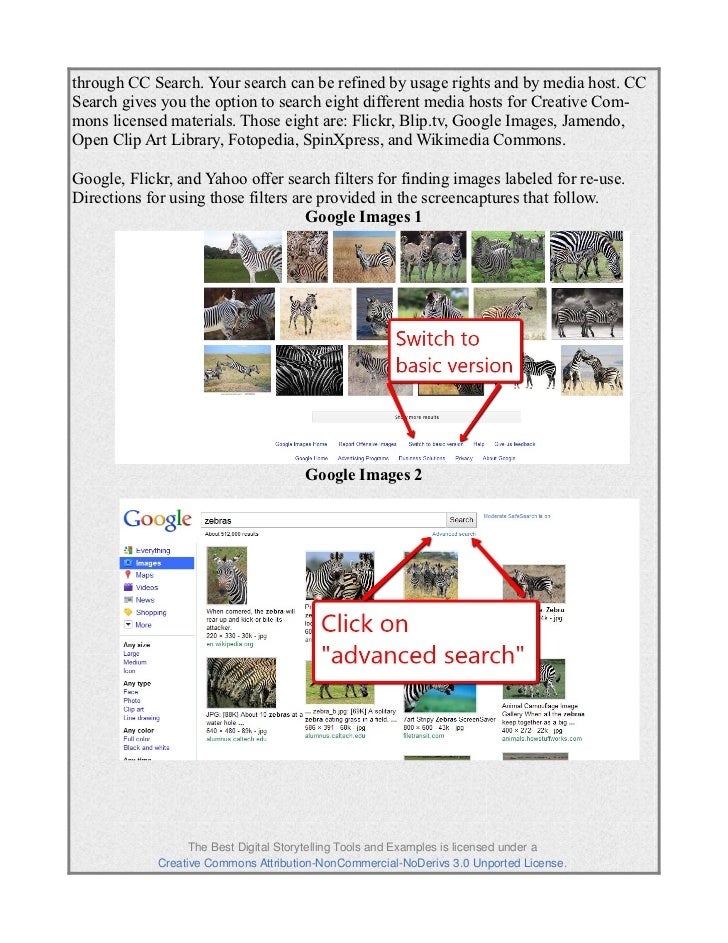Pushing Electrons Daniel P Weeks Pdf Writer

Showing all editions for 'Pushing electrons: a guide for students of organic chemistry' Sort. By Daniel P Weeks; Arthur Winter. Pushing Electrons Daniel P Weeks Pdf. 5/3/2017 0 Comments Gulf War - Wikipedia. Clockwise from top: USAFF- 1. 6s, and a F- 1.
This article needs additional citations for. Unsourced material may be challenged and removed. (April 2009) () Arrow pushing or electron pushing is a technique used to describe the progression of mechanisms. It was first developed. In using arrow pushing, 'curved arrows' or 'curly arrows' are superimposed over the of reactants in a to show the. The arrows illustrate the movement of as between are broken and formed. Arrow pushing is also used to describe how positive and negative are distributed around through.
It is important to always remember, however, that arrow pushing is a formalism and electrons (or rather, electron density) do not move around so neatly and discretely in reality. Recently, arrow pushing has been extended to, especially to the chemistry of s- and p- elements. It has been shown to work well for compounds. Trajectory of single electron When a bond is broken, electrons leave where the bond was and this is represented by a curved arrow pointing away from the bond and ending the arrow pointing towards the next unoccupied molecular orbital. Similarly, organic chemists represent the formation of a bond by a curved arrow pointing between two species. For clarity, when pushing arrows, it is best to draw the arrows starting from a lone pair of electrons or filled bonds (sigma, pi) and ending in an unfilled molecular orbital, allowing the reader to know exactly which electrons are moving and where they are ending.

Breaking of bonds [ ] A joining atoms in an organic molecule consists of a group of two electrons. Such a group is referred to as an electron pair. Reactions in organic chemistry proceed through the sequential breaking and formation of such bonds. Organic chemists recognize two processes for the breaking of a chemical bond. My Little Pony Fighting Is Magic Download? on this page.
These processes are known as homolytic cleavage and heterolytic cleavage. Homolytic bond cleavage [ ] Homolytic is a process where the electron pair comprising a bond is split, causing the bond to break. This is denoted by two single barbed curved arrows pointing away from the bond. The consequence of this process is the retention of a single unpaired electron on each of the atoms that were formerly joined by a bond.
These single electron species are known as. For example, light causes the -chlorine bond to break homolytically. This is the initiation stage of. Heterolytic bond cleavage [ ] Heterolytic bond cleavage is a process where the electron pair that comprised a bond moves to one of the atoms that was formerly joined by a bond. Das Vergessene Dorf Pdf Writer more.
The bond breaks, forming a negatively charged (an ) and a positively charged species (a ). The anion is the species that retains the electrons from the bond while the cation is stripped of the electrons from the bond.
The anion usually forms on the most atom, in this example atom A. Heterolytic reaction mechanisms [ ] All heterolytic organic chemistry reactions can be described by a sequence of fundamental mechanistic subtypes. The elementary mechanistic subtypes taught in introductory organic chemistry are S N1, S N2, E1, E2, addition and addition-elimination. Using arrow pushing, each of these mechanistic subtypes can be described.
S N1 reactions [ ] An occurs when a molecule separates into a positively charged component and a negatively charged component. This generally occurs in highly polar through a process called.
The positively charged component then reacts with a forming a new compound. Step 2, substitution. In the first stage of this reaction (solvolysis), the C-L bond breaks and both electrons from that bond join L (the ) to form L − and R 3C + ions.
This is represented by the curved arrow pointing away from the C-L bond and towards L. The nucleophile Nu −, being attracted to the R 3C +, then donates a pair of electrons forming a new C-Nu bond. Because an S N1 reaction proceeds with the Substitution of a leaving group with a Nucleophile, the S N designation is used.